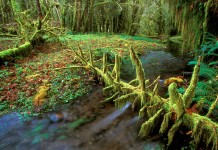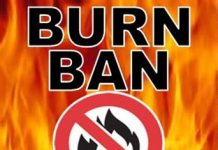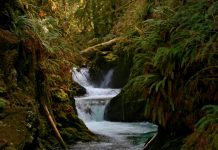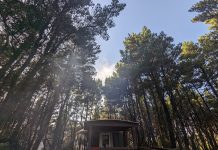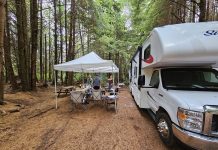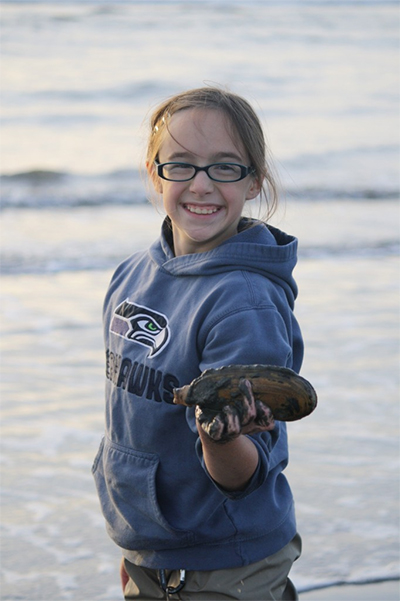Submitted by the Washington Department of Fish and Wildlife
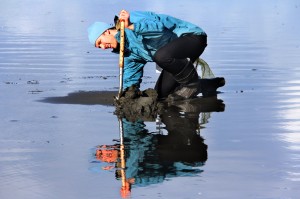 Clam diggers will have one last chance to dig razor clams this season during a final opening set to begin May 27.
Clam diggers will have one last chance to dig razor clams this season during a final opening set to begin May 27.
The Washington Department of Fish and Wildlife (WDFW) approved the digs after marine toxin tests showed the clams are safe to eat. No digging will be allowed at any beach after noon.
“These last digs will wrap up an excellent razor clam season during which diggers have been getting their limits with lots of big clams,” said Dan Ayres, WDFW shellfish manager. “These dates will mark the end of the most productive razor clam season in more than 30 years.”
WDFW routinely closes the razor clam fishery by the end of May to give the clams a chance to spawn. The next season will begin in fall, when the older clams have recovered from spawning and a new generation begins to grow beneath the sand.
The upcoming digs are scheduled on the following dates, beaches and low tides:
- May 27, Tuesday, 6:24 a.m., -1.0 feet, Twin Harbors, Long Beach
- May 28, Wednesday, 7:06 a.m., -1.3 feet, Twin Harbors, Long Beach
- May 29, Thursday, 7:45 a.m., -1.4 feet, Twin Harbors, Long Beach, Copalis, Mocrocks
- May 30, Friday, 8:23 a.m., -1.2 feet, Twin Harbors, Long Beach, Copalis, Mocrocks
- May 31, Saturday, 9:00 a.m., -1.0 feet, Twin Harbors, Long Beach, Copalis, Mocrocks
- June 1, Sunday, 9:37 a.m., -0.7 feet, Twin Harbors, Long Beach, Copalis, Mocrocks
Under state law, diggers can take 15 razor clams per day and are required to keep the first 15 they dig. Each digger’s clams must be kept in a separate container. Diggers may not harvest any part of another person’s daily limit, unless they possess a designated harvester card.
Brock Hoenes, WDFW wildlife biologist, cautions clam diggers and other beachgoers to avoid disturbing western snowy plovers, which nest on the state’s coastal beaches from April through August. The small white birds are listed under the federal Endangered Species Act as threatened and by the state as endangered.
Hoenes asks diggers to avoid signed upland beach areas at Long Beach and Twin Harbors, which are closed to protect the nesting birds. At Long Beach, the closed area is located north of Oysterville Road from the state park boundary north to Leadbetter Point. At Twin Harbors, the closed area is located just south of Cranberry Beach Road and continues south for approximately 1.5 miles.
Razor clam diggers age 15 or older must have an applicable 2014-15 fishing license to harvest razor clams on state beaches. Fishing licenses of various kinds are available on the department’s website here and from license vendors around the state.
For more information on razor clam digging, visit the WDFW website here.























